Can you remember the last time your food was swarmed by Ants after you left it for a few minutes? Frustrating as it might have been, did you happen to stop to take a closer look at your unwanted hungry guests?
One of the ants below could be the snack-stealing culprit. Read on to get to know some common backyard ants.
TROPICAL FIRE ANT Solenopsis geminata
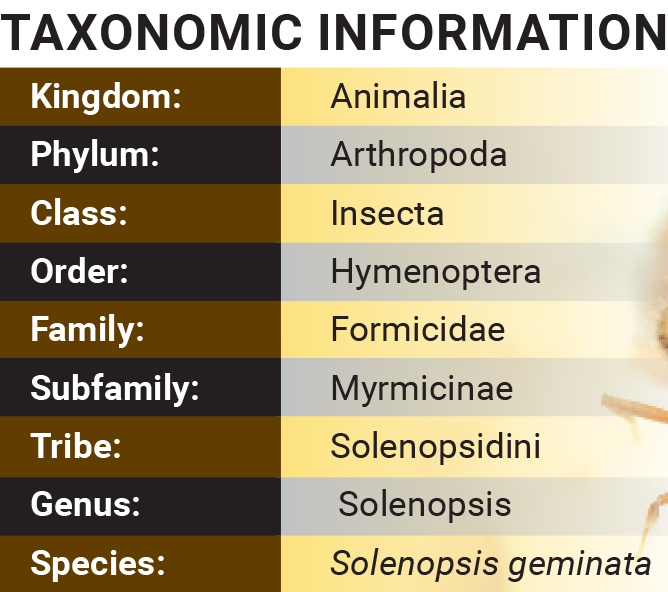
I had a chat with Perry Buenavente, an entomology researcher at the Philippine National Museum, to ask him about a couple of common Ant species you might see in your backyard, such as one of the most common Ants in the Philippines: the highly invasive Tropical Fire Ant.
This dark orange Ant is originally from Central America and has a preference for building their nests in loose sand.
Don’t let their small size fool you. These little fellas have a nasty bite and are not afraid to use it. They are known to aggressively swarm when their precious nest is disturbed, so be careful when observing this kind of Ant.
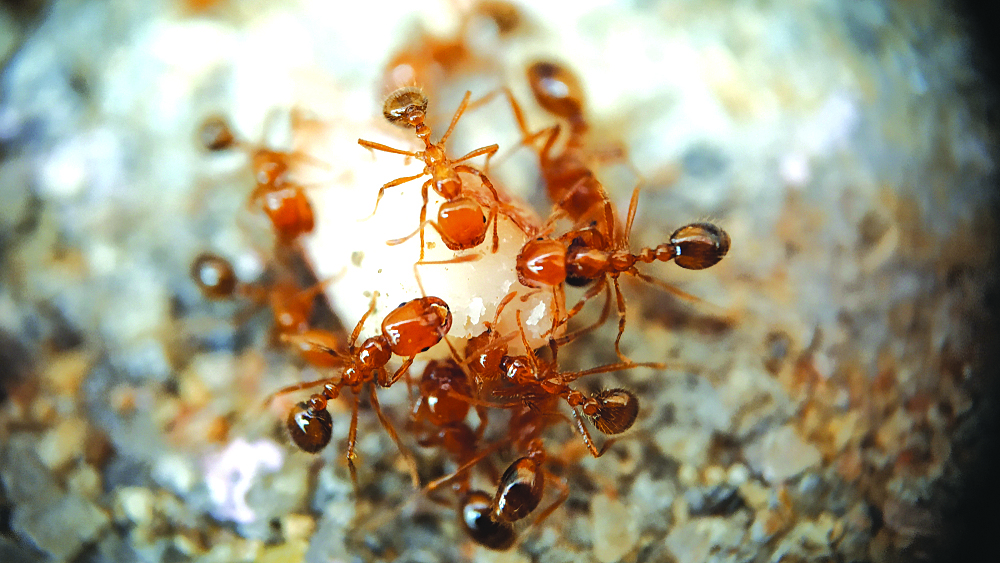
The Tropical Fire Ant is related to the Red Invasive Fire Ant (Solenopsis invicta), who are famous for their extremely painful bite and are, thankfully, not found in the Philippines.
COMMON ORIENTAL TRAP-JAW ANT Odontomachus simillimus
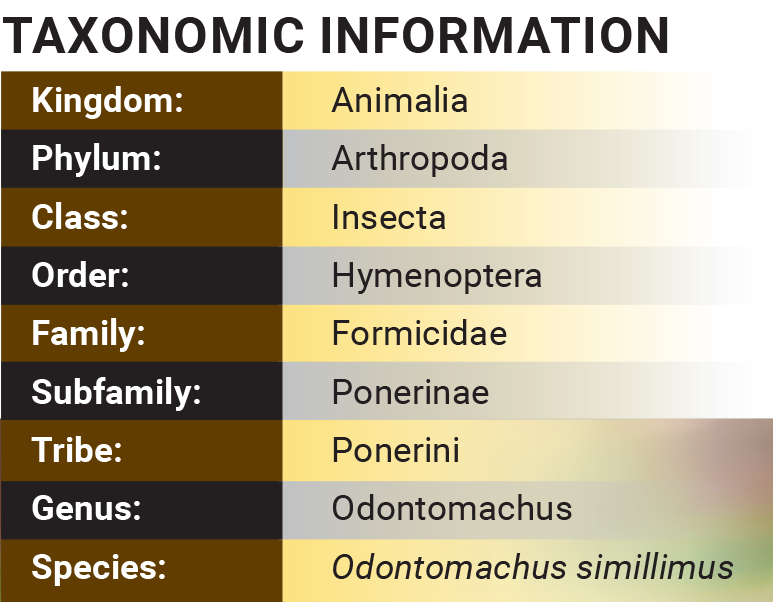
Look at the chompers on this Ant!
According to Perry, you might see the Common Oriental Trap-jaw Ant in your backyard if you live near a green space.
This black Ant has both a mean bite and an attitude! When bothered, they’re known for latching onto skin and delivering multiple stings. Ouch!
According to entomologists Daniela Magdalena Sorger and Herbert Zettel, they’re tough little guys since they can be found in disturbed kinds of habitats, such as coconut plantations, residential areas, and even university campuses.
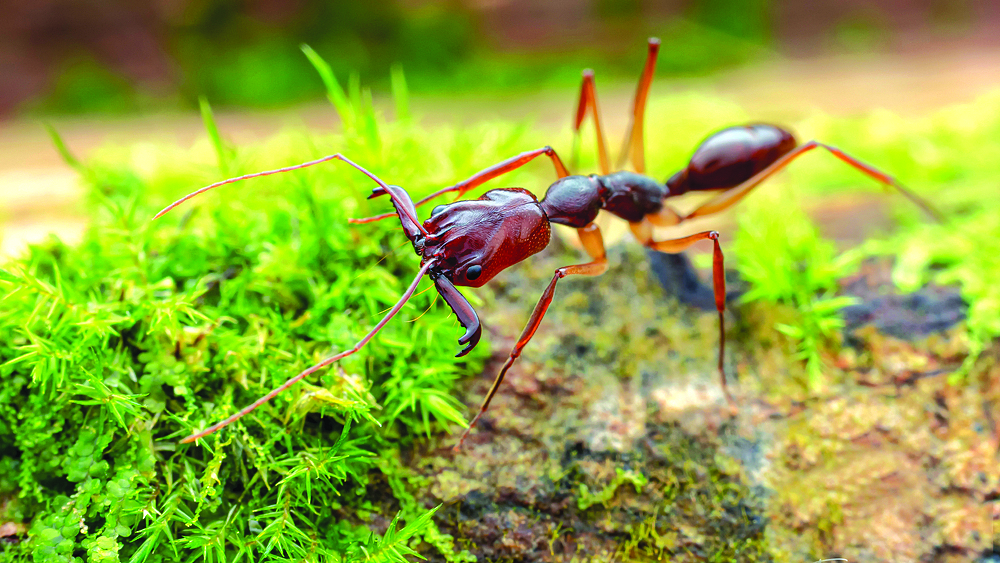
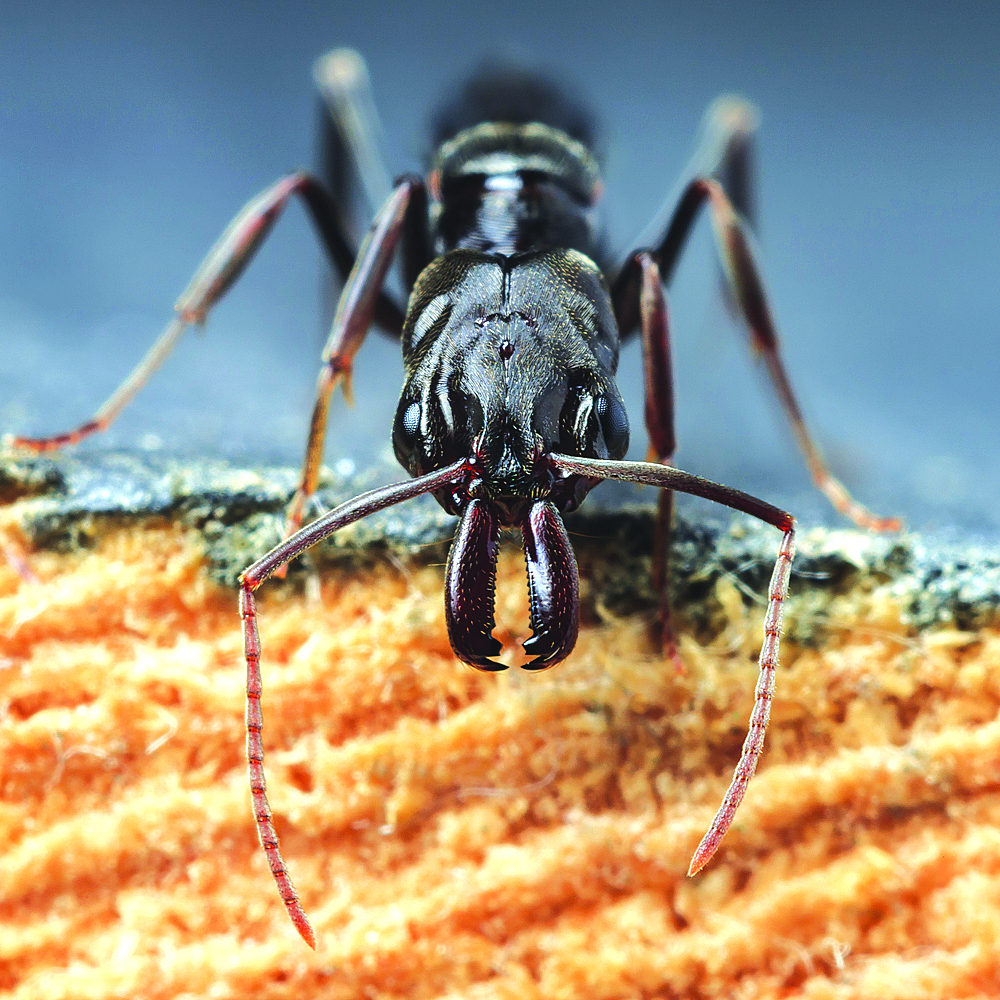
HANTIK/ WEAVER ANT Oecophylla smaragdina

The Hantik or Weaver Ant is a large, red-orange Ant who tends to strike fear in those who see them swarming along footpaths. They live in the branches of trees by weaving leaves together using silk from their larvae. You may see their ball-like nests if you look above an area that has Hantik swarming on the ground.
These Ants are known to be tiny farmers because they harvest delicious honeydew from Scale Insects. The Ants protect the Scalies from predators, while the Scalies help feed the Ants. It’s a win-win!
Despite their nasty bite, there’s no need to hurt them — how could you? Just look at those adorable beady eyes.

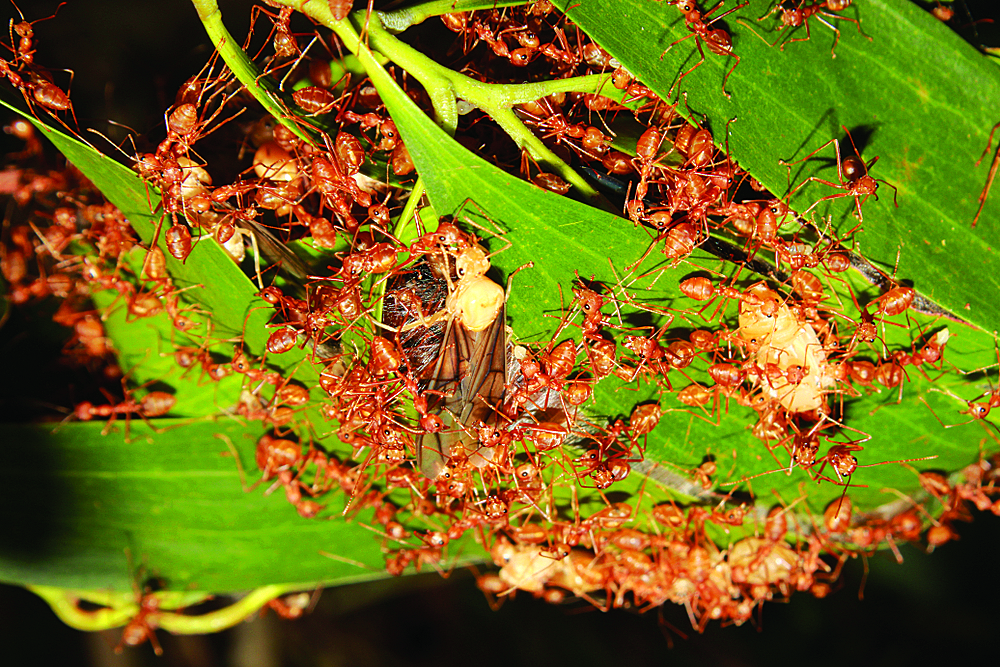
RICH IN ANTS!
Philippine Ants are particularly understudied and habitat loss is threatening the possibility of discovering more species. Perry shares that it’s a race against time to find and name these captivating creatures.
While not everyone might be cut out to be a myrmecologist, the next time you see Ants around your home, it might help to appreciate them for a few minutes before getting on with your day.

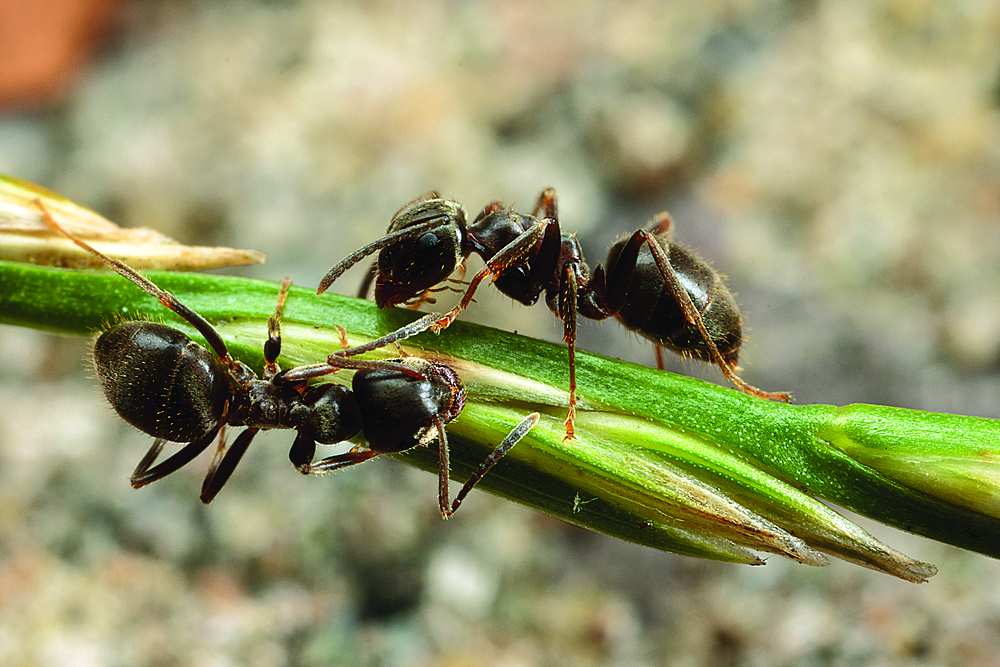
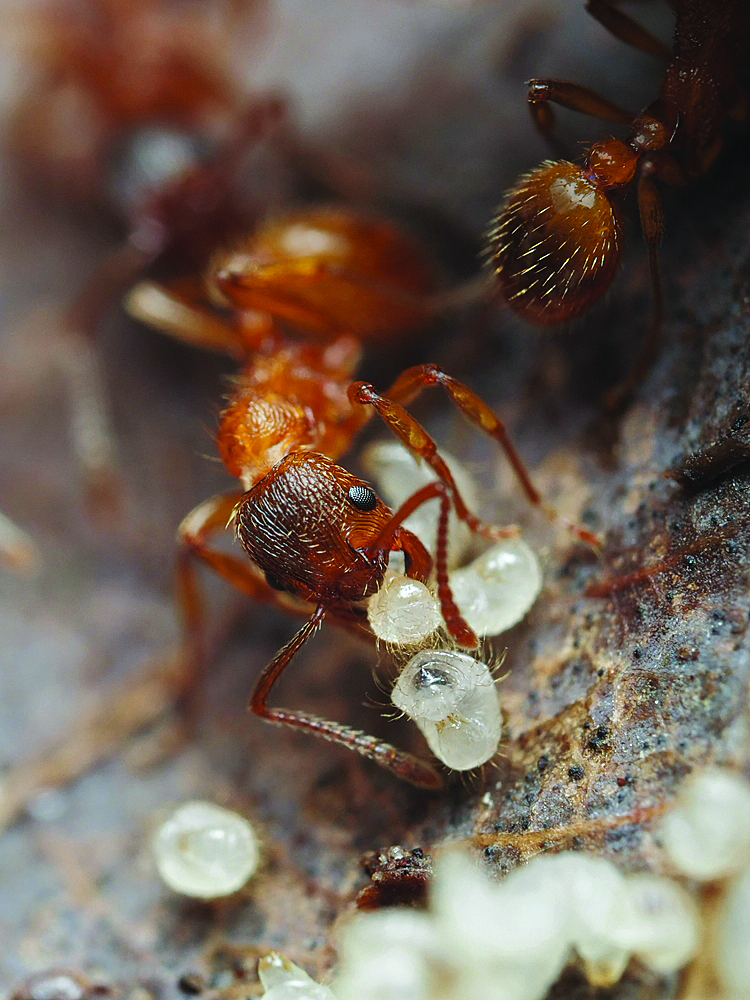
WHAT’S YOUR NAME, DEAR ANT?
Because Ants are so small, it can be tough to identify their species without a microscope. This tough job is the daily life of a myrmecologist, an Ant scientist, especially those who focus on taxonomy.
The Ants we mentioned earlier in this article are just a few of the many possibilities of what species you have in your backyard. According to Perry, there are currently 568 species of Ants that can be found in the Philippines, but researchers estimate there could be 1000 species!
In addition to this, there are just a few myrmecologists studying Ant taxonomy, so there’s a big chance of discovering new species in the coming years.
THERE’S AN ANT COLONY IN MY GARDEN! WHAT SHOULD I DO?
Having an Ant colony in your garden can be pretty scary considering how protective they are.
But Ant burrows can aerate your soil and help water pass through to your plant’s roots. They’re also nature’s clean up crew, helping to keep your garden tidy.
As long as you give the colony their own space, they shouldn’t bite anyone.
KEEPING ANTS OUT
To protect your snacks from Ants, there are a number of ways you can keep them away without hurting them.
KEEP FOOD SEALED
First, you can keep your food in sealed airtight containers to make sure they won’t be able to detect the yummy smells.
It also helps to keep your pantry and kitchen clean and tidy so that there are no scraps for the Ants to swarm to.

MOAT IT UP
Second, if your food needs to be kept in open air, you can build a mini moat. This consists of a large low bowl filled with water with a tall bowl in the middle. Then, put the food atop the tall bowl.
The “river” of water around the food can secure it away from any Ant’s reach. [I do this, but sometimes, smarty-pants Ants use strands of hair as a bridge across the moat of water! Make sure to check once in a while for anything they might use to cross the moat if you plan on using it regularly for different meals. – Ed.]
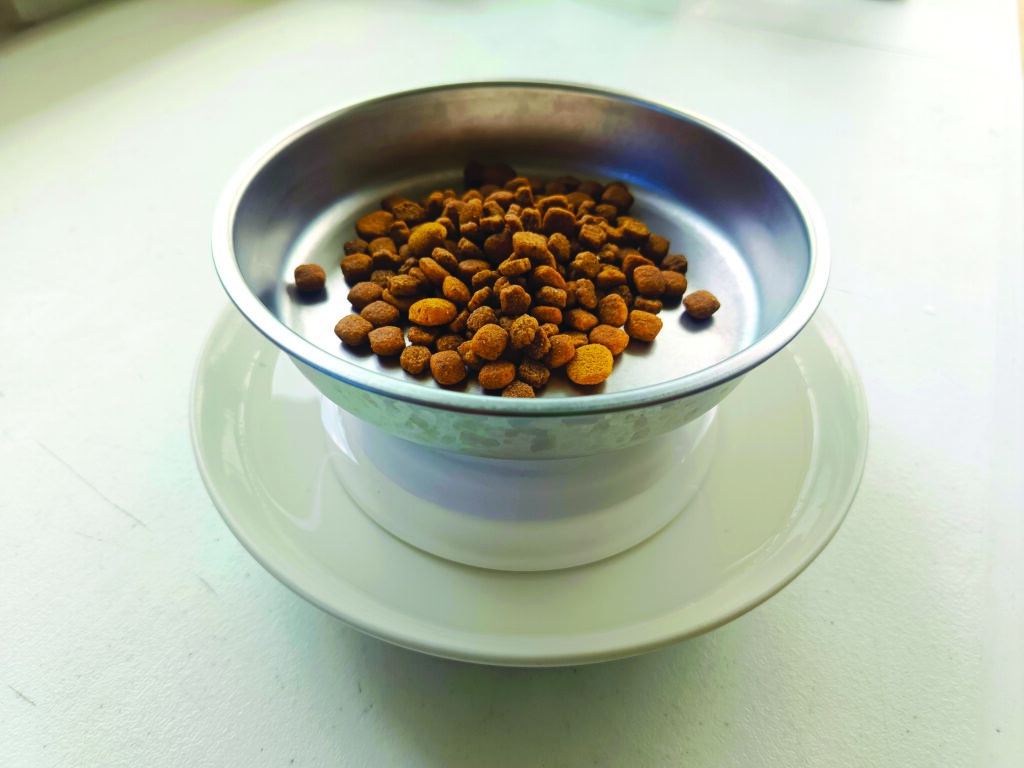
USE DETERRENTS
Lastly, you can try to use chalk, cayenne pepper, citrus smells, or peppermint to deter the Ants.
According to Millie Hurst from Ideal Home UK, these strong smells tend to repel the Ants, but you’ll need to regularly reapply to keep them away.
Just remember that you have to be careful with what you leave out since furbabies or children could accidentally touch or eat your anti-Ant ploy.







